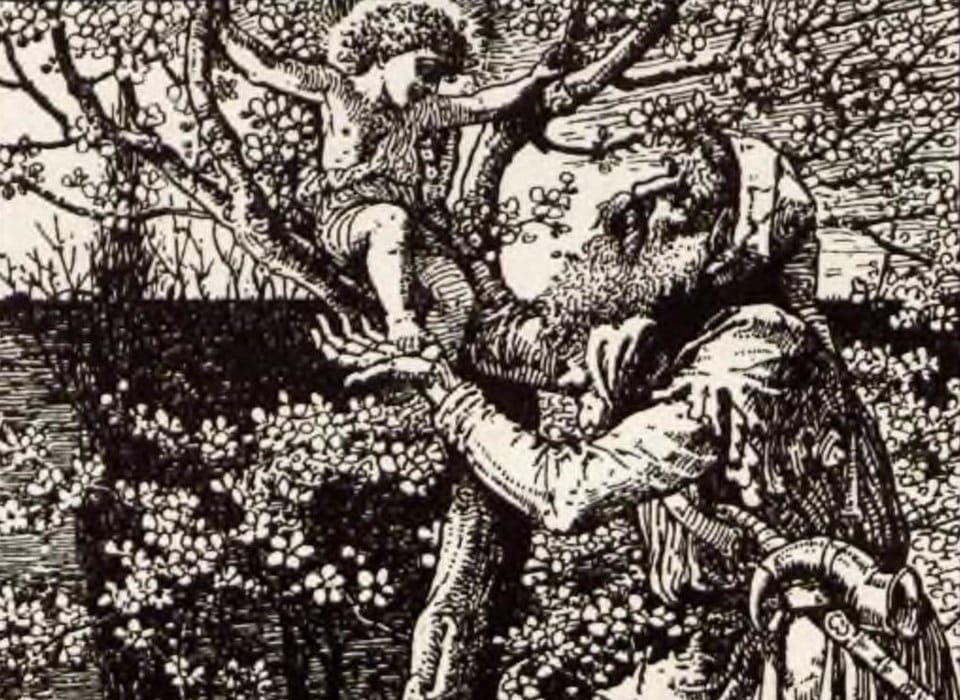I remember sitting in grade school and listening to my teacher read “The Legend of Sleepy Hollow” by Washington Irving to the class. It was autumn, and the dark sky, rain, and autumn leaves blowing outside the classroom impressed on my brain forever. It was a chilling ghost story. Sometime toward the end of her reading, I thought to myself: “I am going to teach one day because I want this experience to exist for others.” In this post, we will dig into the life of Washington Irving, his accomplishments, and his impact.
Biography
Irving’s Early Years
Irving was born in New York City in 1783. He was named after General George Washington. He was the 11th child in his family, and some sources described him as having a frailty as a young child. Nevertheless, he spent much of his early days wandering the city and the countryside. He explored, learning from the histories and stories that were pervasive in the Hudson Valley. In this area, folklore and legends were rife in the rural communities.
Irving’s College Years and First Writings
Rather than attend college, Irving studied law in his early days and “wrote a series of whimsically satirical essays.” This satirical style would define his later work. As a lawyer, Irving worked diligently but spent much time devoted to his craft and published a series of letters in 1802 under the pseudonym Geoffrey Crayon. He also collaborated with his brother William and James K. Paulding in 1807 and 1808 to craft a series of essays. These essays, entitled Salmagundi, were centered on trends in society.
England and Fame
Irving moved to England in 1815. After the family “import-export” business failed, he busied himself with writing and produced The Sketch Book under the pseudonym Geoffrey Crayon. This book contained both “Rip Van Winkle” and “The Legend of Sleepy Hollow.” It was also extremely popular with audiences and made Irving a star in the literary world.
To give some context to his style, here is an excerpt from “The Legend of Sleepy Hollow.” In this passage, the protagonist Ichabod Crain comes face-to-face with the Headless Horseman:
“He appeared to be a horseman of large dimensions, and mounted on a black horse of powerful frame. He made no offer of molestation or sociability, but kept aloof on one side of the road, jogging along on the blind side of old Gunpowder (Ichabod’s horse), who had now got over his fright and waywardness. Ichabod, who had no relish for this strange midnight companion, and bethought himself of the adventure of Brom Bones with the Galloping Hessian, now quickened his steed, in hopes of leaving him behind. The stranger, however, quickened his horse to an equal pace. Ichabod pulled up, and fell into a walk, thinking to lag behind—the other did the same. His heart began to sink within him; he endeavored to resume his psalm-tune, but his parched tongue clove to the roof of his mouth, and he could not utter a stave.”
“The Legend of Sleepy Hollow” by Washington Irving

“Ichabod Crane imagining a phantom at his shoulder. American ghost story and folk tale.” — by Frederick Simpson Coburn
Irving would later return to America in 1832. He ventured out west where he wrote A Tour of Prairies (1835), The Adventures of Captain Bonneville (1837), and a few other works. He spent his final days near the Hudson River and died of a heart attack in Tarrytown, New York on Nov. 28, 1859.
Conclusion
In his lifetime, Irving gained international fame as an author, which was uncommon in his age. In this way, American literature, akin to Daniel Dafoe, became as important as European literature and cemented American mythos and folklore as viable tradition. Similarly, his works inspired the short story genre and created a conversational style that was approachable for contemporary readers. With that said, Irving made a lasting impact on the literary world.





Leave a comment